Collective Fashion Justice’s preferred materials
-
1. Best currently available
Bamboo lyocell (closed-loop)
Bio-based fur alternatives (KOBA, GACHA)
Bio-based leather and other alternatives (derived partly from apples, cacti, etc, with over 60% bio-based composition)
Certified organic or preferred cotton – GOTS, myBMP, FibreTrace, Good Earth Cotton, cotton grown with holistic management
Certified organic hemp and linen
Cork (no synthetic backing or coating)
Ecovero and other closed-loop, certified deforestation-free viscose and cupro
Fabrics diverted from landfill (proof required)
FLWRDWN
FSC natural rubber
FSC washable paper and other wood
GRS or other certified recycled synthetics (over 50% recycled composition) for non-washed products (e.g a wallet)
MIRUM
Mycelium leather
Plant-based silk (orange fibre, banana, rose, etc.)
Reclaimed wood (buttons, heels)
Recycled cotton, rubber and other plant materials (<60% of composition)
Spinnova
Tencel lyocell, modal and refibra
-
2. Better than most
Certified organic or preferred cotton blended with conventional cotton (70% minimum certified)
Corozo (buttons)
Cork (any backing)
Certified responsibly sourced natural rubber (PEFC, etc)
Deforestation-free viscose (not closed-loop)
ECONYL or other certified post-consumer recycled synthetics for washable products (composition over 75% recycled)
Hemp
Linen
PrimaLoft PURE and Bio
-
3. Needs improvement
Bio-based alternative materials (less than 60% bio-based)
Certified cotton blended with conventional cotton (50% certified minimum)
Conventional cupro
Virgin synthetics made with water-based solvents and with certifications (Bluesign, OKEO-TEX 100, etc.)
Rubber (virgin synthetic and uncertified natural)
-
4. Must be phased out
Conventional, untraceable cotton
Non-certified virgin synthetic materials (including in the use of linings, shoe inners and soles, etc.)
-
5. Unacceptable
All animal-derived materials, glues and other inputs
Non-certified wood, rayon and other cellulose
PVC
Collective Fashion Justice’s preferred dyes and pigments
-
1. Acceptable
Biodegradable and non-AZO dyes
Biodegradable pigments
(Please note, as the accreditation grows, higher certification tiers will explore the differences between dyes in this category and their ranging sustainability) -
2. Must be phased out
Non-biodegradable AZO chemical dyes
Non-biodegradable pigments
-
3. Unacceptable
All animal-derived dyes and pigments
Wondering how we got here?
Our preferred materials list takes into consideration multiple factors – sustainability is complex and nuanced. It also must be looked at through an ethical lens.
Our material list prioritises materials which push the needle away from the animal industrial complex and further fossil fuel extraction given the harm and destruction inherent to these. It also seeks to avoid old-growth and native deforestation.
Based on government and industry data(sets), this list also prioritises materials which are biodegradable and recyclable (allowing for improved circularity and better cradle to grave outcomes), which release fewer emissions during production, which have a smaller land footprint (and thus biodiversity impact), and which generally require less resource extraction and use. The Made-By Environmental Benchmark, the Higg Index, Common Objective’s material reviews, and a range of life-cycle assessments have also been reviewed and considered. With no one perfect data set for the fashion industry, we have had to rely on our expert analysis of material production and life-cycle impacts to offer an aspirational yet achieavable guide for brands and citizens.
Our list recognises that in many cases, perfect materials do not yet exist. Therefore, we will reassess our preferred material list regularly, as new data and new materials are released. What is ‘best currently available’ may not be a flawless material.
Our dyes list is more limited, recognising that while more responsibly produced biodegradable dyes are best to use over more conventional, less efficient biodegradable dyes, one of the most important aspects of dye sustainability is that they do not impact the biodegradation process of otherwise natural fibres such as cotton.
Want to learn more or give us feedback? You can do so here.
What do brands need to do with these materials, to receive our base values accreditation for their products?
For products to receive our base values accreditation, they must be 100% free from ‘unacceptable’ materials. 90% of materials must be above ‘must be phased out’. 50% of materials must be above ‘needs improvement’. 15% of materials must be ‘best currently available’.*
Dyes are ranked slightly differently, recognising that they have a less significant environmental impact than the materials a product is made of. Dyes which are biodegradable, thus not impacting the biodegradability of materials themselves, are prioritised. 100% of dyes must be free from animal inputs, and 50% of dyes used on a product must be biodegradable.
For a collection or brand to be approved in full, they must be wholly made up of approved products.
*(Excluding sundries, threads and packaging materials).
-
Below is a list of potential materials, components and sundries used in a product, that do not need to be listed on your product material and dye list for the base values certification.
These include:
- Eyelets
- Aglets
- Zips
- Buckles
- Rivets
- Threads
- Other hardware
- Shoemaking nails
- Steel shanks and heels
- Reinforcement tapeAdditionally, if any of the above details are made using animal-derivatives, please include this on your product material list and know that it will result in failed certification.
Please ensure that all the following woven and material components are included in your product material and dye list:
- Buttons
- Lining materials
- Care and product labels
- Drawstrings
- Laces
- Padding/filler
- Pockets
- Insoles
- Soles
- All glues
- All dyes
